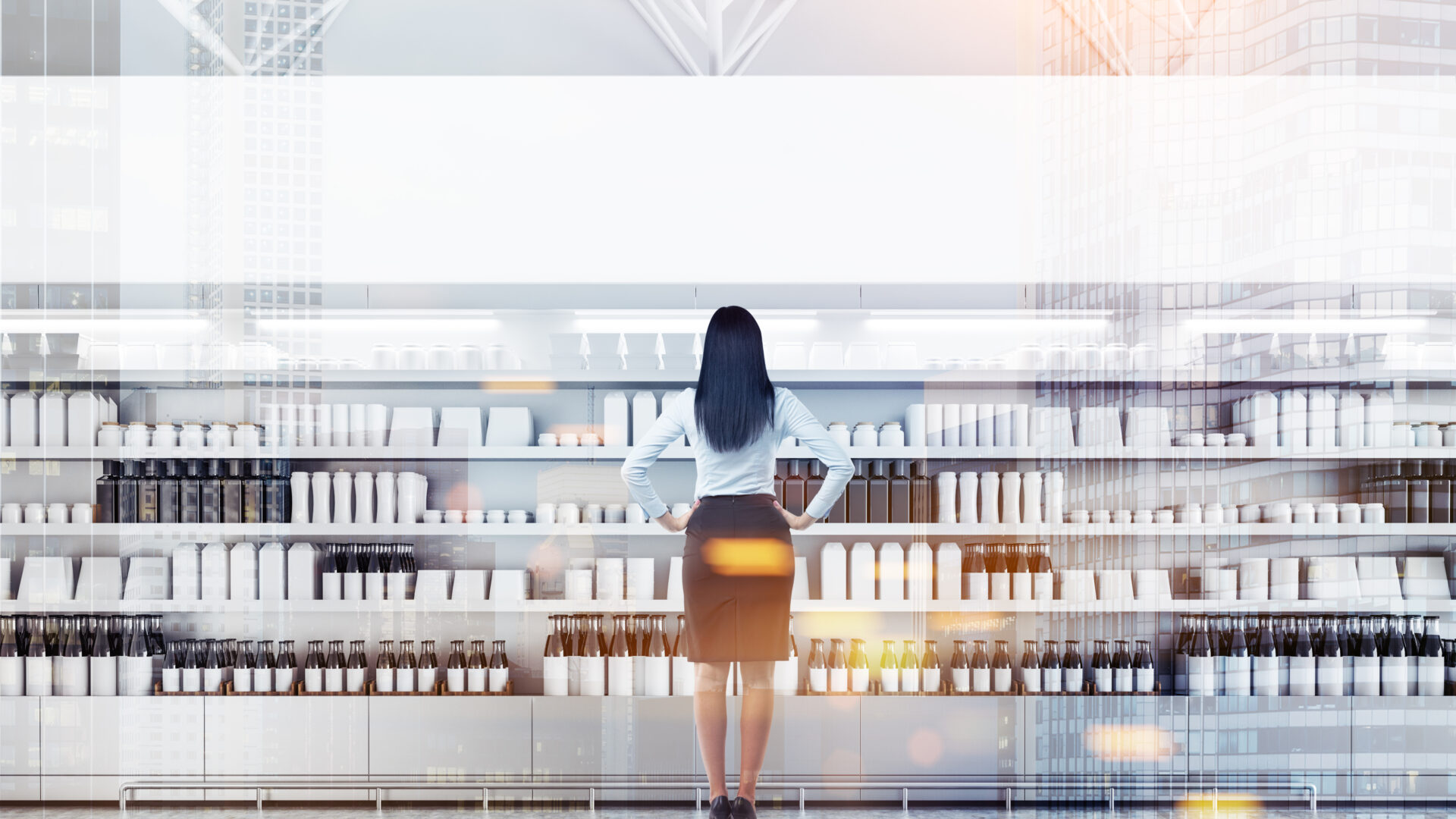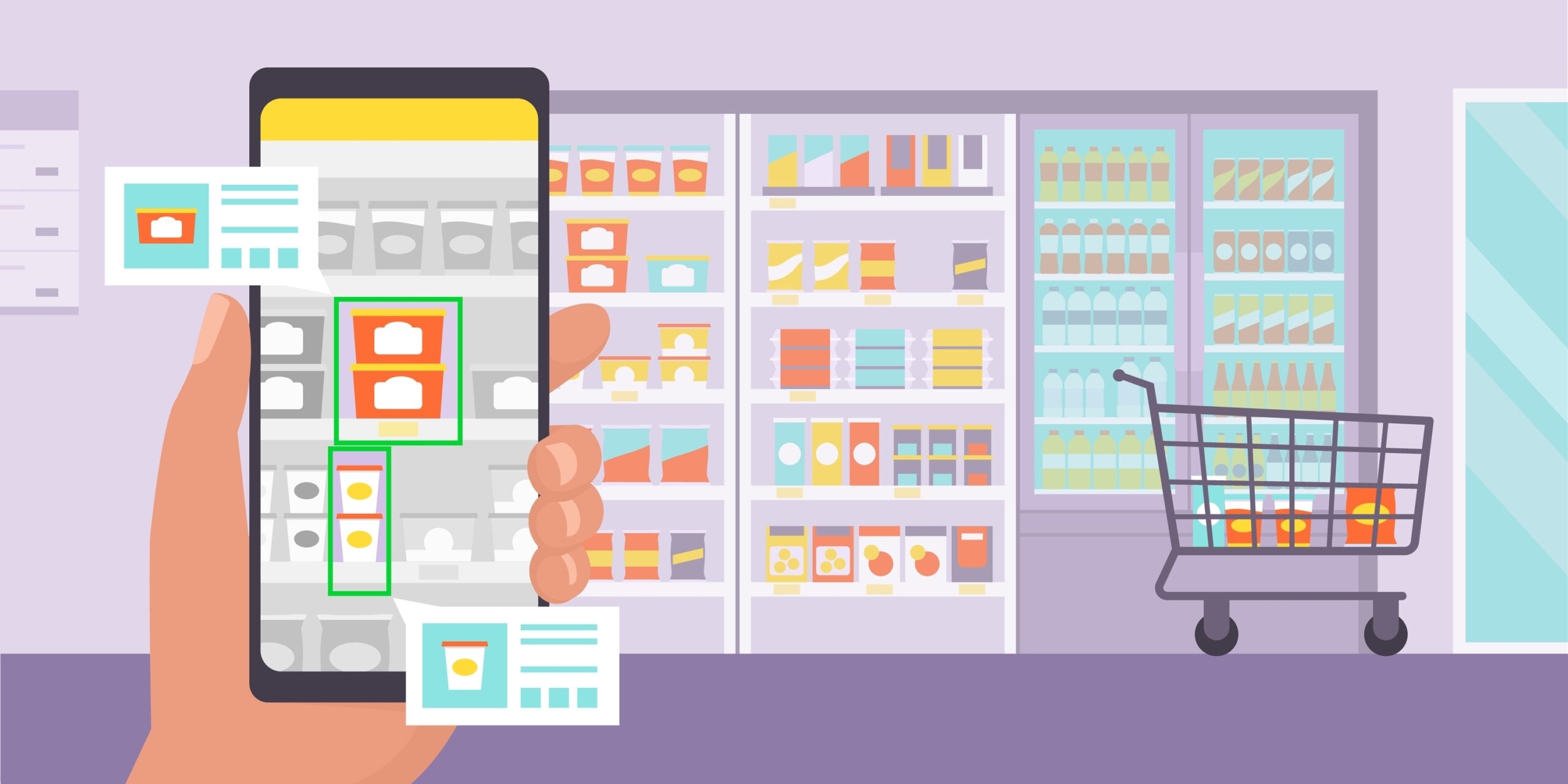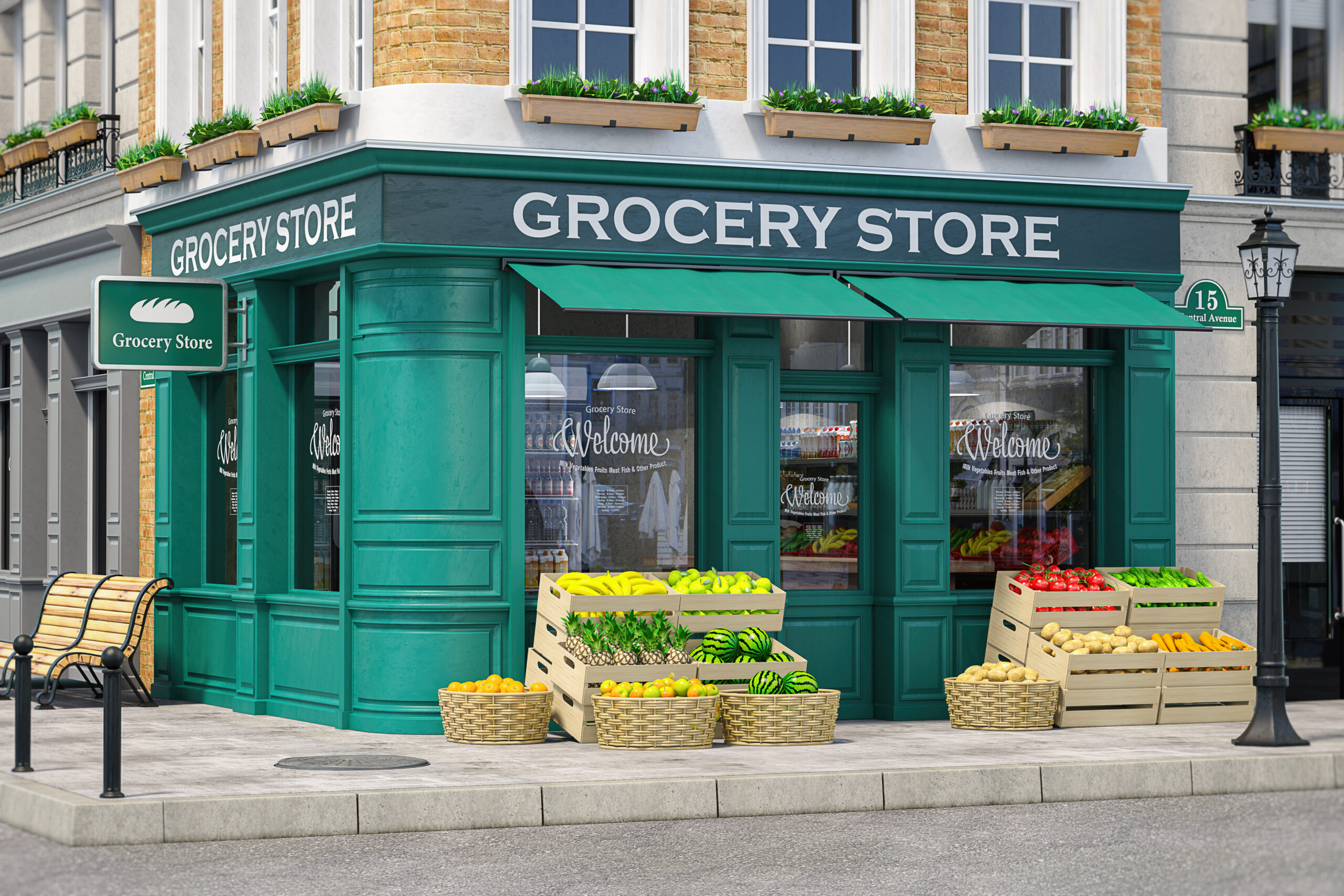In the consumer packaged goods (CPG) industry, strategic product placement is a powerful driver of sales. Product placement allows brands to influence consumer behavior, increase brand visibility, and maximize product exposure in relevant contexts. In this blog, we will delve into the relationship between product placement, CPG sales, and how brands can leverage virtual reality technology to optimize both.
Let’s unlock the possibilities and embark on a path toward maximizing sales and captivating consumers in the CPG industry.
The impact of product placement on CPG sales
In-store sales representatives offer a lot in the sales process, but there are some things they can’t influence. According to a study by Nielsen, visibility is a key parameter for maximizing sales in retail. The study said, “Placing merchandise above eye level, placement relative to the counter, and in case of impulse categories — placing the shelf and product outside the store — resulted in incremental sales.”
We know that intentional and strategic product placement wields a remarkable influence on consumer behavior. Let’s look at some of the ways this works:
- Attention capture: Effective product placement captivates consumers’ attention, cutting through the clutter and drawing their focus to specific products. This heightened attention increases the chances of products being noticed and considered for purchase.
- Brand recognition: Product placement establishes and reinforces brand recognition, embedding brands and their associated values in the subconscious minds of consumers. Through repeated exposure, consumers develop familiarity and trust, leading to a higher likelihood of brand preference and purchase.
- Influence on purchasing decisions: Subconscious associations and perceived product value greatly influence consumer purchasing decisions. Well-placed products create positive associations with quality, desirability, and relevance, encouraging consumers to choose them over competitor offerings.
- Pricing impact: Product placement can also have a significant impact on pricing perception and consumer behavior. Placing products in strategic positions, such as at eye level or in prominent locations, can create a perception of higher value and justify a premium price point. On the other hand, placing products in less visible areas or alongside lower-priced alternatives can position them as more affordable options, appealing to price-sensitive consumers.
Tips for optimizing product placement for CPG sales
To effectively leverage product placement for CPG sales, it is essential to implement a range of strategies that take into account consumer behavior, market trends, and the power of visual merchandising. Here are some key tips to consider:
Understand consumer behavior
Analyzing consumer demographics, shopping patterns, and preferences is crucial in aligning product placement with the needs and interests of your target audience. Conduct market research when planning new product launches and gather consumer insights to identify high-traffic areas within stores and strategically optimize product visibility in those locations. Collaborate with your sales team, retail partners, and distributors to gather valuable feedback and insights from the front lines of consumer interactions, enabling you to make informed decisions.
Utilize strategic shelf positioning
Positioning high-demand and popular CPG products at eye level can significantly increase visibility and ease of access for consumers, maximizing the chances of product discovery and purchase. Utilize endcaps, promotional displays, and feature areas strategically to highlight new or seasonal products, capturing shopper attention and encouraging impulse purchases.
Invest in cross-category promotion and complementary pairings
Grouping related products together creates synergy and encourages cross-purchasing, leading to increased sales. Consider placing complementary items in close proximity to prompt additional purchases. For example, positioning sunscreen near beach accessories or salad dressings next to fresh produce can drive sales by leveraging the concept of convenience and inspiration. Stay vigilant about identifying these opportunities and strategically arranging products to capitalize on them.
Take advantage of seasonal demands and consumer trends
Regularly update product placement to align with seasonal demands and consumer trends. Displaying seasonal items prominently can enhance relevance and boost sales during specific times of the year. Stay informed about emerging trends and adjust product placement accordingly to capitalize on shifting consumer preferences and demands. By staying ahead of the curve, you can position your products in the right place at the right time, driving sales growth.
Leverage visual merchandising techniques
Utilize attractive and visually appealing signage, labels, and packaging to capture consumer attention and communicate product benefits effectively. Create visually appealing displays using color coordination, proper spacing, and aesthetically pleasing arrangements to enhance the overall shopping experience. Invest in visually engaging displays that tell a story and draw shoppers in, increasing the chances of product engagement and purchase.
Apply technology and data
To determine the right product placement strategies that boost CPG sales, brands rely on testing methods, store merchandising technology, and shopper research. By gathering and analyzing data, brands can make informed decisions and drive revenue growth.
Testing different product placement scenarios and gathering data-driven insights is crucial for optimal decision-making. By simulating store environments and evaluating product placement strategies based on consumer behavior data, brands can refine their approaches. Implementing advanced analytics tools enables brands to measure the effectiveness of product placement, track consumer behavior, and make informed adjustments based on the data collected. This data-driven approach not only improves sales planning and forecasting but also contributes to overall revenue growth.
The limitations of traditional product placement approaches
While traditional approaches to product placement have been the norm for years, they come with inherent challenges and limitations that can hinder the effectiveness of sales strategies. Relying solely on physical store setups for product placement decisions can lead to inefficiencies, increased costs, and missed opportunities for optimization. Let’s explore the limitations of these traditional approaches.
One of the significant challenges of traditional product placement approaches is the limited testing capability they offer. These methods often rely on physical prototyping and testing, which can be time-consuming and costly. It becomes challenging to iterate and experiment with various setups to find the most effective placement strategies. Additionally, replicating consistent contexts across different store locations can be difficult, making it challenging to assess the impact of product placement strategies across multiple environments. This limitation restricts the ability to adapt and optimize product placement strategies to specific store layouts and demographics.
Another drawback of traditional approaches is the limited data and insights they provide. Without robust data collection mechanisms, it becomes challenging to gather detailed insights into consumer behavior, preferences, and shopping patterns. The lack of comprehensive data makes it difficult to make informed decisions about product placement and hampers the ability to align strategies with target audience needs. Traditional approaches rely heavily on subjective observations and anecdotal evidence, limiting the ability to capture and analyze crucial data points for optimization.
Furthermore, traditional product placement approaches can incur significant costs, especially when physical prototypes need to be created and tested. The expenses associated with building and rearranging physical store setups can quickly add up, especially for larger-scale retail operations. These costs limit the ability to experiment with different placement strategies and may discourage retailers from making frequent adjustments, missing out on opportunities for improvement and optimization.
Introducing VR technology for product placement optimization
Innovative technologies are reshaping the way CPG brands approach product placement. Virtual reality (VR) technology, in particular, has emerged as a powerful tool for optimizing product placement decisions and driving CPG sales. By creating immersive, digital environments that simulate real-world experiences, VR allows brands to harness the benefits of data-driven insights and enhance their understanding of consumer behavior within 3D simulations of in-store setups.
With VR, brands can create digital twin representations of physical stores, complete with shelves, aisles, and product displays. Users can immerse themselves in these virtual environments, exploring various product placement options and assessing their impact on consumer behavior. This level of interactivity provides brands with a deeper understanding of how consumers engage with different product configurations, helping them make informed decisions that align with their sales strategies.
InContext, a leading provider of virtual reality solutions with years of experience in the industry, offers a powerful platform that facilitates VR simulations for product placement optimization.
One of the significant advantages of VR-based product placement optimization is its relevance not only to physical retail but also to the expanding realm of e-commerce. With the growing influence of online shopping, brands need to consider how their product placement strategies translate to the digital landscape. VR technology allows brands to simulate and optimize digital store layouts. By utilizing VR simulations, brands can maintain consistency in product placement across both physical and digital retail channels, enhancing brand visibility and maximizing sales potential.
Moreover, InContext actively collaborates with brands, retailers, and e-commerce platforms to form partnerships that strengthen the impact of VR technology on product placement optimization. By working closely with industry leaders, InContext ensures that their VR simulations align with evolving market trends, consumer preferences, and emerging sales strategies.
Leveraging 3D simulations to choose optimal product placement
By utilizing 3D simulations, CPG brands can test and evaluate different shelf setups in a virtual environment, gaining insights into consumer behavior and making informed decisions on product placement strategies. Through A/B testing and data-driven analysis, brands can optimize product placement efforts and ensure that performance meets the standards of the desired key performance indicators (KPIs).
3D simulations replicate real-world store environments, allowing brands to manipulate product placement configurations and observe consumer interactions. By conducting A/B testing within virtual environments, brands can compare the performance of different strategies and measure their impact on consumer behavior. Incorporating 3D simulations into the decision-making process empowers CPG brands to fine-tune product placement strategies, maximize consumer engagement, and drive retail sales.
Optimize product placement and CPG sales with InContext
By utilizing VR simulations, brands can gather data-driven insights, optimize product placement, drive CPG sales, and empower their business development.
It’s time for CPG companies to embrace VR technology and partner with InContext Solutions to elevate their product placement strategies to new heights. Take advantage of VR’s power and revolutionize your product placement today.





